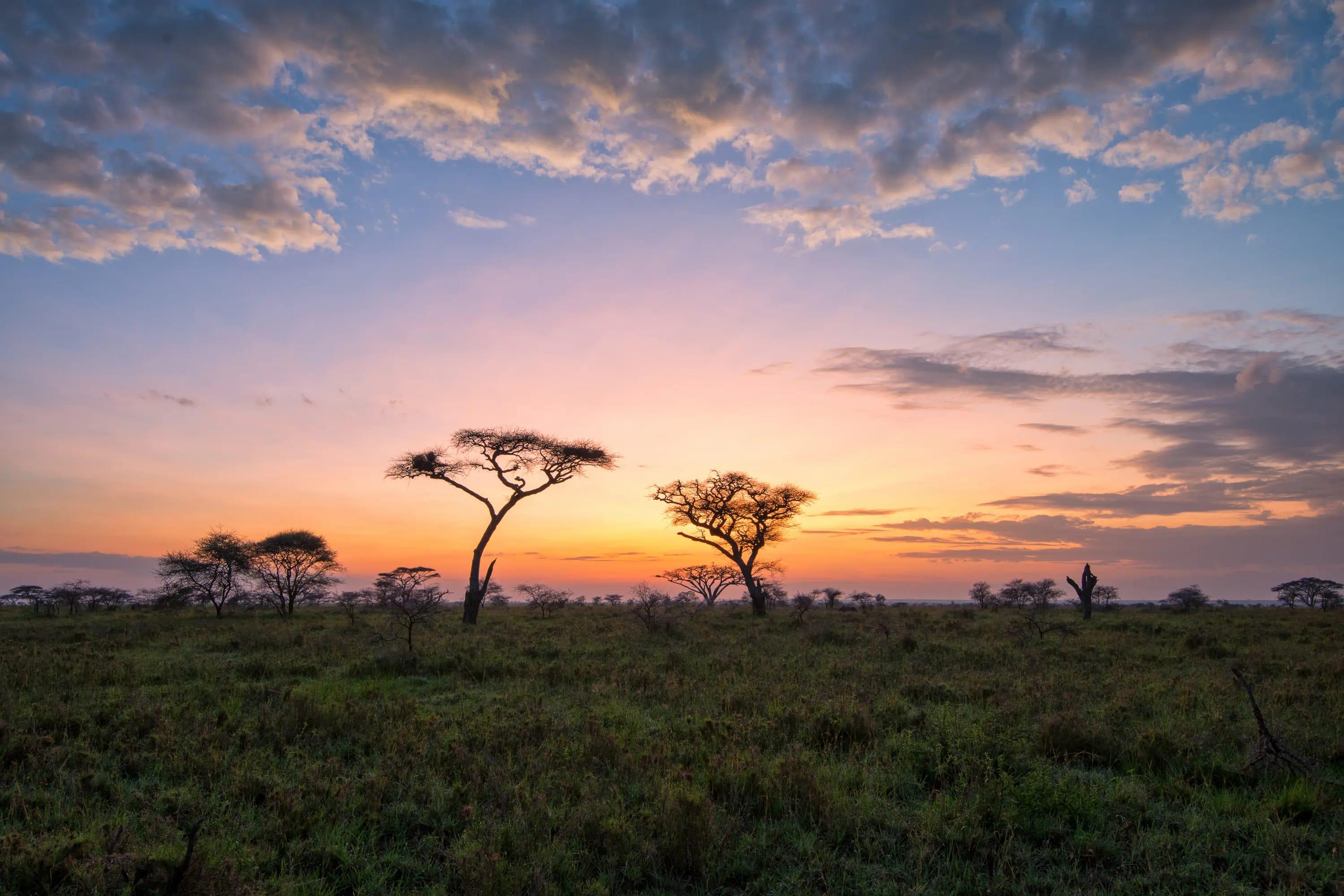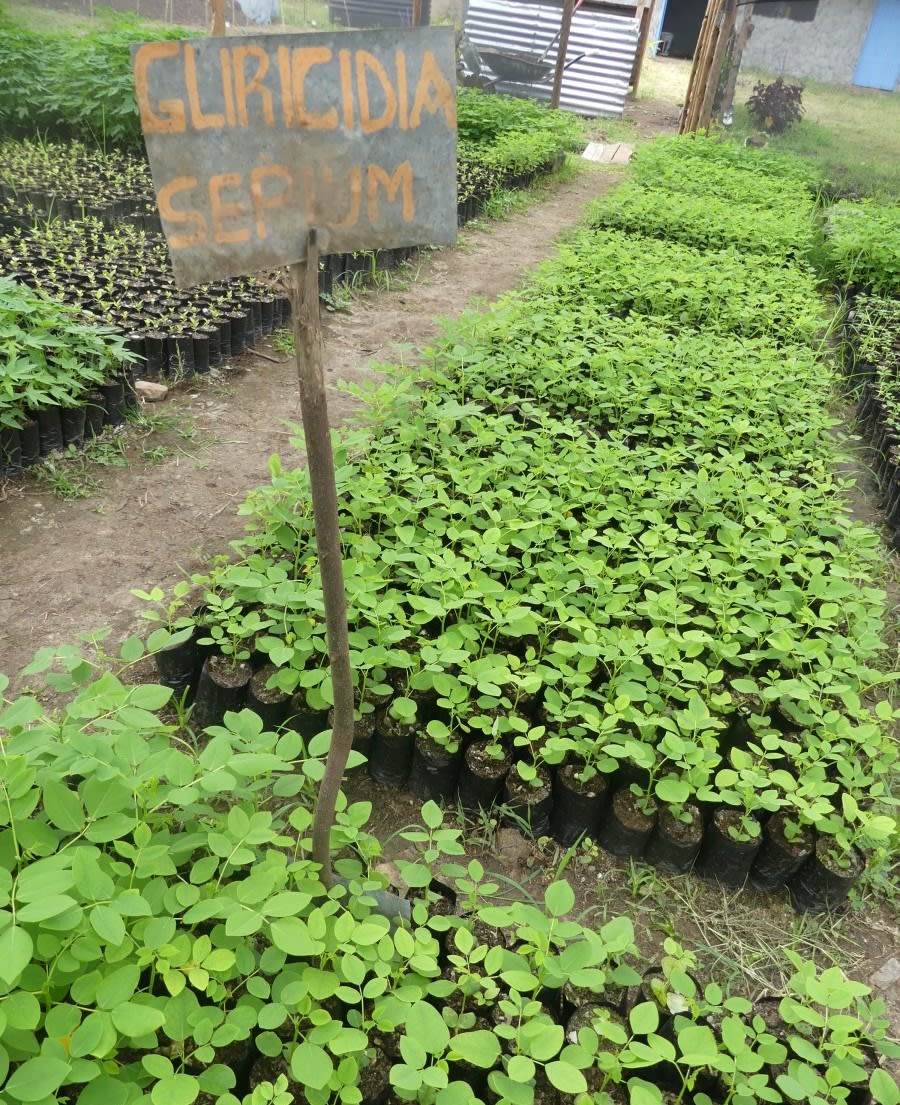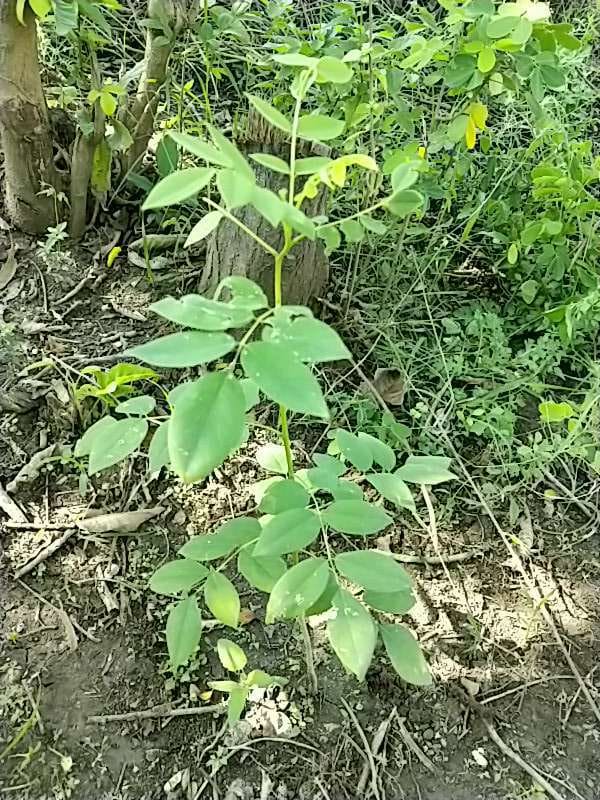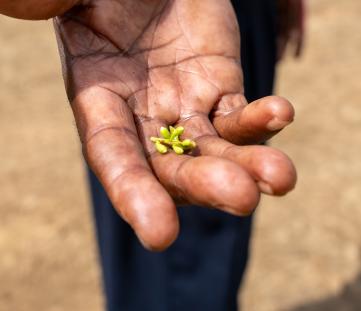ID: V3Z-XG6J
ID: V3Z-XG6J
Gliricidia
Gliricidia sepium
Photo
Kenya
03:03 - 20°C
My connections
The project I am part of

Kenya
61,451
Involved farmers
1,282,626
Planted trees
Amid savannahs and highlands, Kenya is home to unique biodiversity. Here, Treedom works with smallholder farmers to plant trees that nourish, protect the soil, and offer new perspectives for local communities.
My ID card
Who am I?
Tree
Gliricidia
Date of birth
04/18/2024
Name
Gliricidia

/34.15783239,-0.40553627,0/500x333@2x?access_token=pk.eyJ1IjoidG9tbWFzb3NwZXJvbmkiLCJhIjoiY2tnOTE3eW12MDJqazMybXNzOWV1YjloOSJ9.wtGsuDU7XIKjcv2cq8CiXw&logo=false&attribution=false)
Where am I located?
Country
Kenya
Place of birth
Rusinga Island ward
Coordinates
0° 24′ 19.93″ S | 34° 9′ 28.2″ E
My Timeline
The important moments in your tree's life.
Seed
It all starts with a tiny seed, nice and warm in the soil.
Nursery
Your seedling is big enough to be welcomed into one of our nurseries, along with many others.
Planted
We’re here! Your tree has reached its new home: it’s been planted by a smallholder, who’ll take care of it for years to come.
Photo
Strike a pose! Now that it’s big enough, here’s a photo of your tree!
My Gallery
Nursery

Planted
/34.15783239,-0.40553627,0/500x333@2x?access_token=pk.eyJ1IjoidG9tbWFzb3NwZXJvbmkiLCJhIjoiY2tnOTE3eW12MDJqazMybXNzOWV1YjloOSJ9.wtGsuDU7XIKjcv2cq8CiXw&logo=false&attribution=false)
34° 9′ 28.2″ E
Photo

Curiosity about me
The important moments in your tree's life.
Let's start with introductions
Gliricidia is a medium-height tree, which can grow from 10 to 12 meters tall, but with a dense foliage, which makes it suitable for shading Cacao trees. It also has the ability to adapt even to relatively poor soils and enrich them with nitrogen, which it fixes in the soil through its roots. Its leaves are also excellent fodder with high protein content.
Meaning
Timing
If properly pruned, Gliricidia is able to keep its leaves even during the dry season, when most of the other forage crops are leafless. Its good timing makes it a particularly precious tree.

How much CO2 I’ll absorb
My estimated CO2 absorption capacity is based on the first 10 years of my life*
Current absorption
- 60 kg
2024
0 kg
2034
-600 kg
* The tree will continue to absorb CO2 even after the tenth year. Therefore this is a prudent estimate.
How I am useful to local communities

Cosmetics
Raw materials are extracted from its flowers, fruits and/or leaves to produce creams or powders.

Medicine
Its leaves, roots, bark and/or fruits are used in traditional medicine.

Natural pesticide
Its leaves and/or its fruits contain useful substances that can be used against plant diseases or as natural pesticides.
My benefits
10%
Food Security
The trees will bear fruits, some that will be edible immediately and others that can become edible through processing, ensuring food resources over time.
20%
Economic development
The trees' fruits and the products derived from their transformation can be traded in local networks, offering income opportunities.
70%
CO₂ Absorption
During its life cycle, each tree will absorb CO₂. The trees you plant can offset your emissions.
70%
Environmental protection
The trees are planted in agroforestry systems that favor the virtuous interaction between the different species and their positive impact on the environment and on the land.